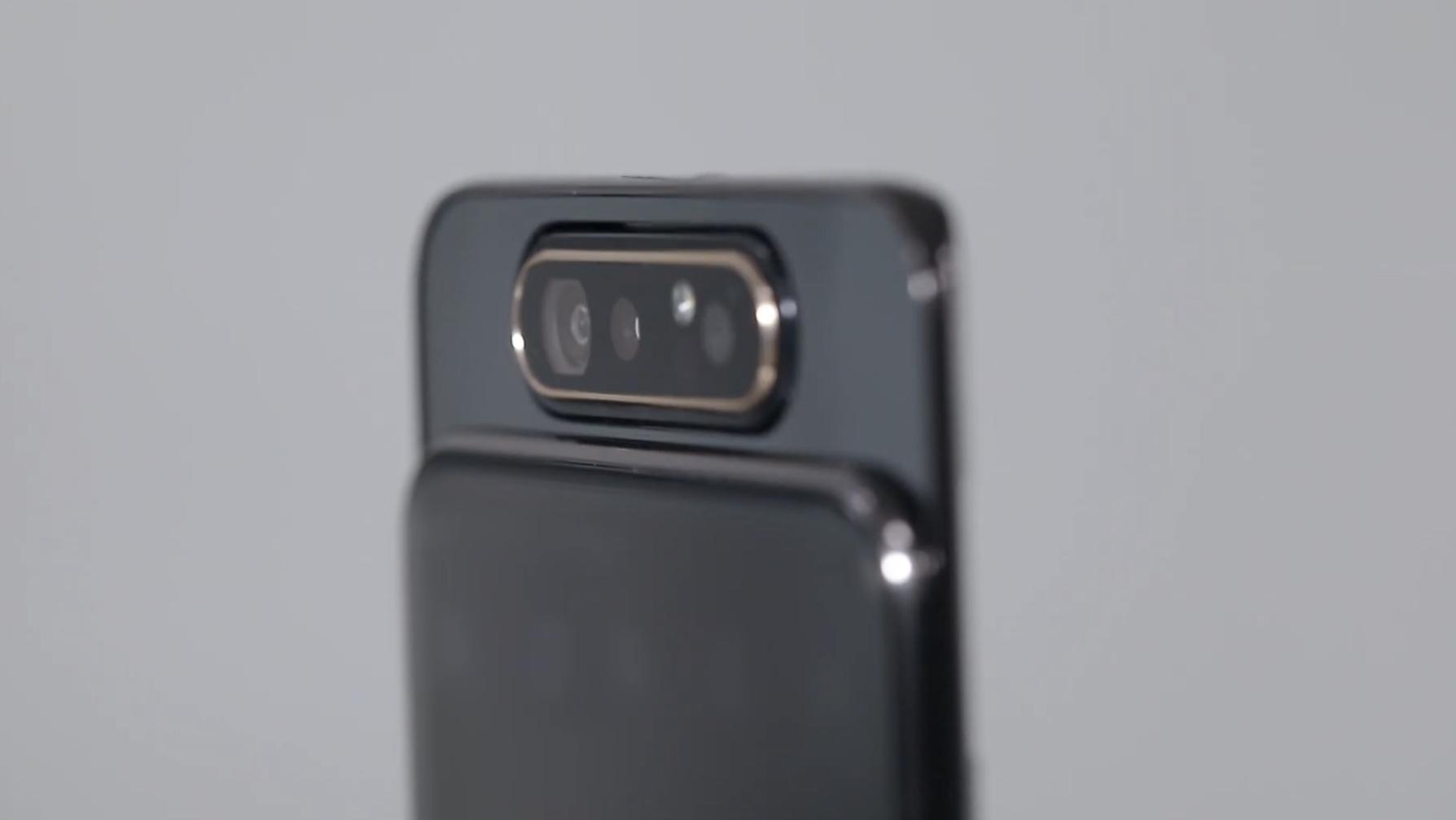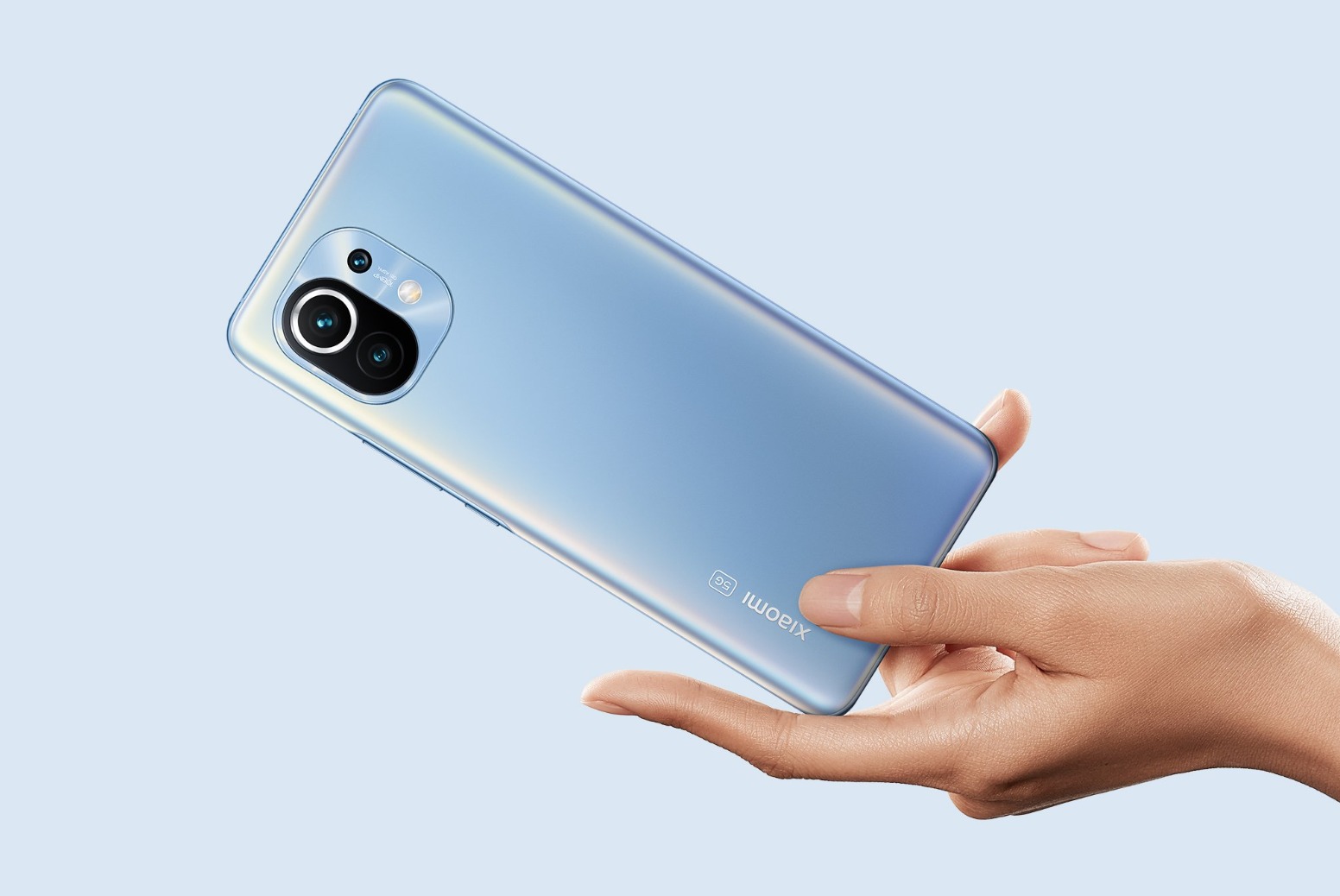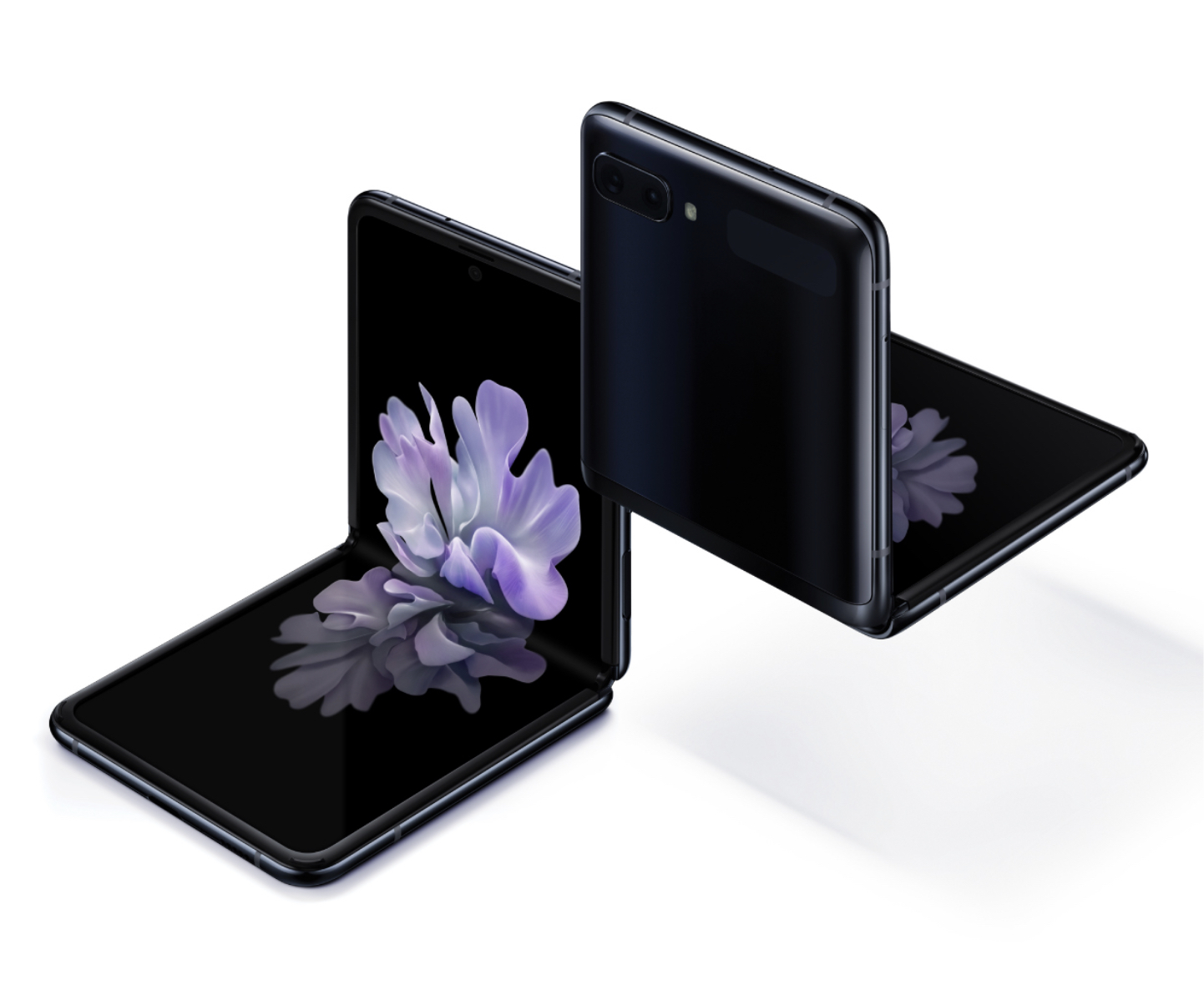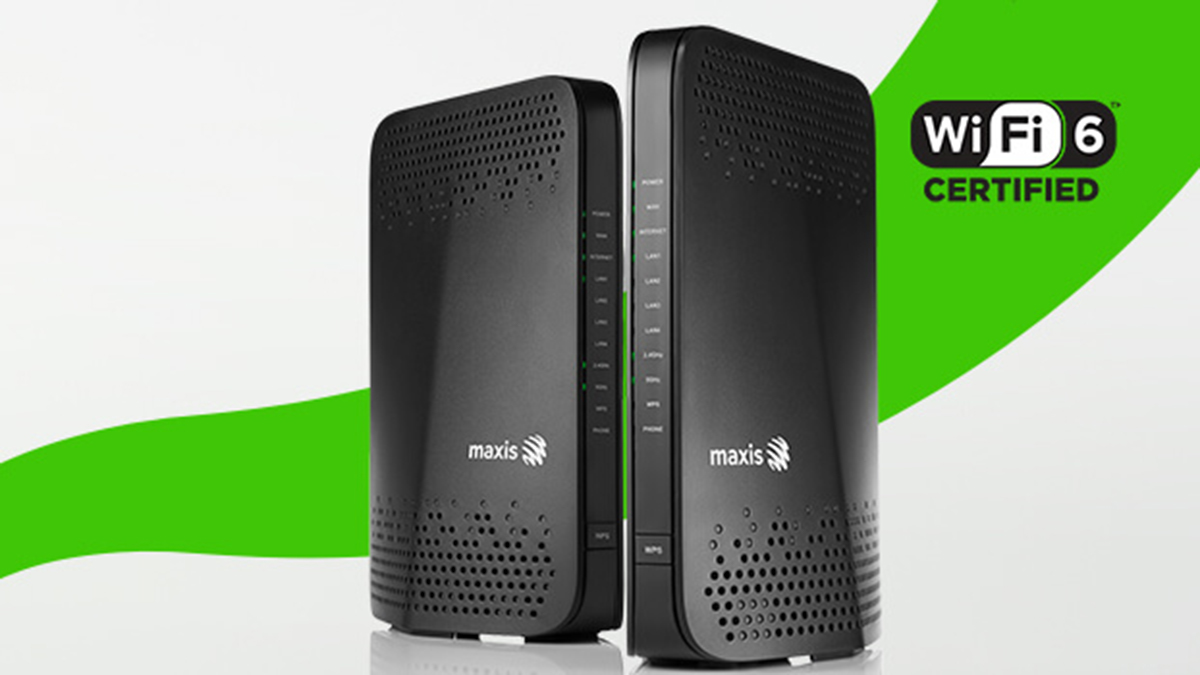The quest for an true full-screen experience post-iPhone-X-notch has given birth to some interesting smartphone innovations. Over the past year or so, we’ve seen motorised slider mechanisms (OPPO Find X), elevating aka pop-up cameras (Vivo NEX), and also manual sliders (Xiaomi Mi MIX 3). It’s been intriguing to say the least. After fiddling about with tiny notches and punch holes, Samsung jumped in with guns a-blazing with the Galaxy A80. The range-topper in its premium mid-range A series, the Galaxy A80 boasts a true all-screen experience, possible thanks to a rotating camera module that houses a tri-camera system.
When you fire up the camera app, the camera module that’s housed in a “rack” then slides up. The mechanism is unique because for regular photos and selfie shots, it shares the same camera system. The rear camera module features a 48MP f/1.8 main camera, an 8MP f/2.2 ultra-wide-angle lens camera and 3D Depth camera.
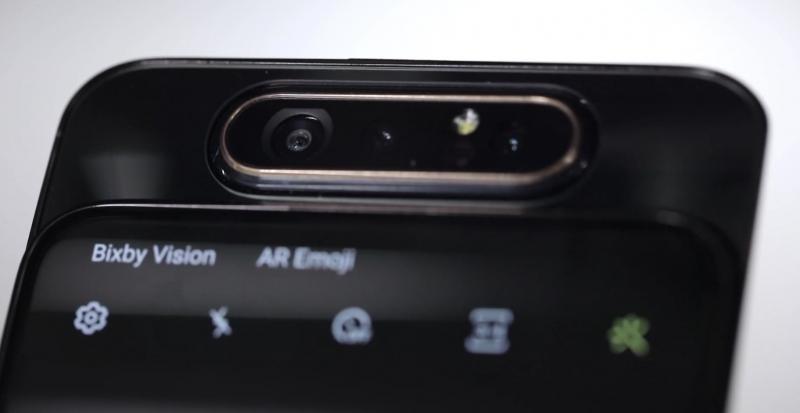
When you select selfie mode in the camera app, the camera module rotates to give you the same powerful tri-camera experience for selfies and videos, too.
Now, developing a rotating camera wouldn’t be easy. Harnesses existing technologies would mean that in order for a camera to slide up and then rotate, two motors will be required. Due to the compactness of smartphones, that would pose a major challenge given the additional parts that the mechanism would require.
In solve this problem, Samsung developed a mechanism complete with locking “teeth,” rail and hook. No extra motor parts required.
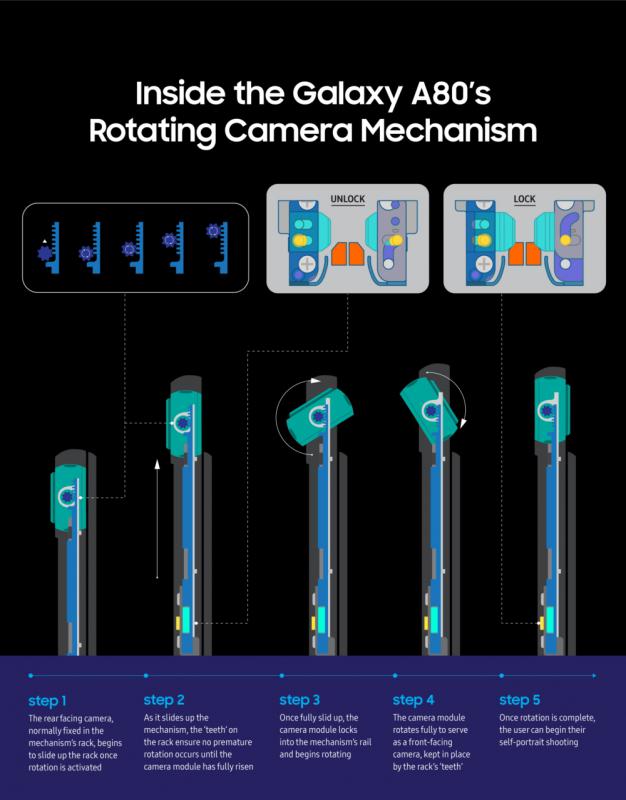
Samsung explains that as the rack slides up, the “teeth” on the rack ensures no premature rotation occurs until the camera module is fully risen. And once its fully slid up, the mechanism locks into the mechanism’s rail and begins rotating.
The teeth keeps the camera module in place as its rotates to serve as a front-facing camera.
This entire process happens within a second.
Aside from hardware innovation, Samsung engineers had to optimise the cameras for both front and rear perspectives; understandably, a selfie portrait would be entirely different from a landscape shot.
If you’re thinking, how about the durability of the mechanism over extended periods? Good question. The Galaxy A80’s rotating camera has undergone full and thorough testing at a dedicated Samsung lab.
The devices were put through a multitude of quality-testing use case scenarios, to ensure that they can still provide the best camera experience to users even after extensive use.
Check out this video:
The Galaxy A80 retails for MYR2,499 and is now available in Malaysia. It features 8GB of RAM and 128GB of onboard storage, and comes in three colour options: Phantom Black, Angel Gold and Ghost White. Read more about the Galaxy A80 here.
VIA Samsung


